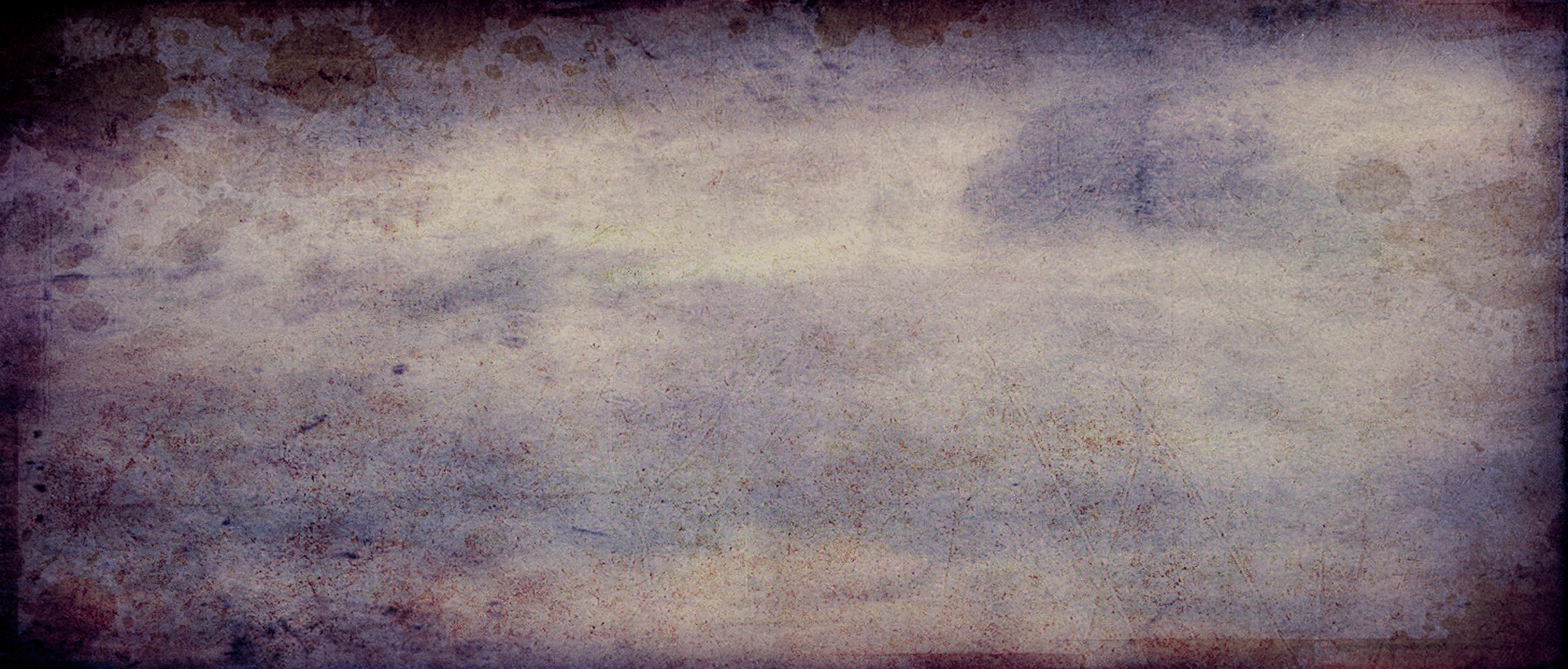Zoomable Pixels
/Here's an idea for improved ability to zoom and crop photos from a smartphone or digital camera. I don't know if anyone has had this idea or patented it; but if they haven't then I'm giving it to the world for free :-)
Let me start by describing the problem.
Your average smart-phone has something in the region of a 5 Megapixel to 12 Megapixel camera. Of course, this is increasing all the time, but at the price of greater memory usage and greater trouble at sending pictures over email and mobile networks. This type of resoluiton is actually quite good - when you consider one of the first DSLR (Digital SLR) cameras, such as the Canon 10D, was a 6 Megapixel camera, you can see that pocket cameras and smartphones have really begun to compete on resolution.
However, what a smartphone lacks that a DSLR doesn't, is optics. You don't have the option of high precision, interchangeable and zoom lenses for a smartphone. This makes it difficult to get "close to the action" unless you literally are close to the action! The only way to zoom-in on most smartphones is to "digitally zoom", which is basically the same as cropping the picture and increasing its size.
Unlike a zoom lens, this process doesn't add any new information to the picture, it simply scales up the data that is there. So, if you zoom in on the centre of a 5 megapixel picture by a factor of 5, you basically end up with a 1 Megapixel picture. And consequently the quality pretty much sucks.
So, is there a way round this?
Well, a couple of things occurred to me:
- if you want to digitally zoom into a picture and retain good quality, you need a good resolution (i.e. lot of megapixels) to start with in the area you are zooming into
- Most of time I just want to zoom into the middle of my picture, that's usually where the interesting action is
Traditional digital pictures are all captured using sensors with a linear arrangement of pixels; i.e. the density of the pixels on the sensor is evenly spaced across the whole area. But does this need to be the case?
So, my idea is a camera sensor which has non-linear density of pixels. It would have a greater density of pixels towards the middle. So, for example, around the centre of the sensor the density could be equivalent to that of, say, a 30Megapixel camera. Towards the edges the density might be more akin to a 5MP camera.
The advantage of this system is that in the most important part of the picture you would have 30Megapixel resolution to work with but you wouldn't be storing the whole picture at 30Megapixel resolution - it might average out at, say, 10Megapixels.
The image would have to be taken in some kind of custom "raw" format and converted to a linear version to view on normal screen and computers, but this is easily achievable - there are examples of various formats already that have special properties (such as the panoramic images generated by photosynth). If the pixel density variation is essentially rectilinear, rather than radial, then the conversion algorithm would actually be fairly simple to implement and quick to execute.
Once you have the raw image, you could use it as taken. Or, for example, you could crop out the centre section to zoom in. The centre section might, for example, contain 8 Megapixels of data and so still provide a high quality digital picture.
So, when can I have it?


